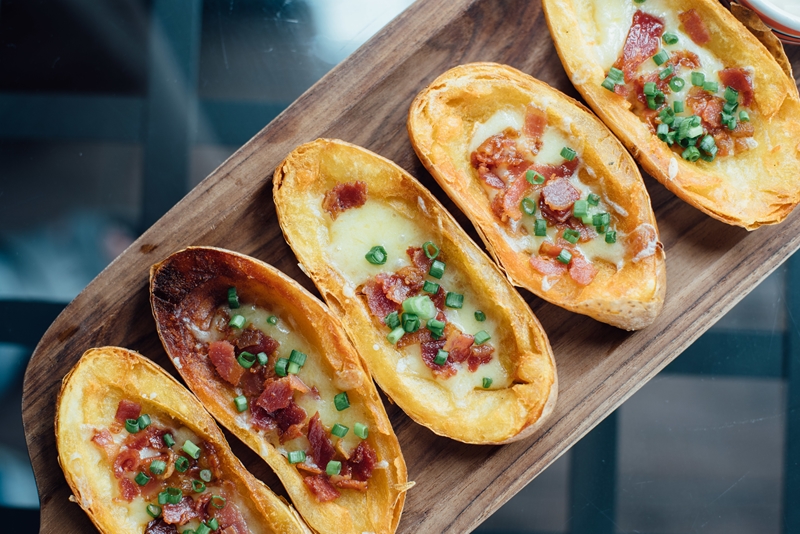Everyone knows a home-cooked meal is better than eating out. Home cooking is more nutritious than fast food and cheaper than dinner at a restaurant. Plus, many of your favourite recipes can be easily replicated in your own kitchen. Yet there's no denying that cooking takes time and effort. Here are a few tricks to get you started making your own meals in no time:
Start with a plan
It's tempting to head to the grocery store and grab every ingredient that catches your eye. Unfortunately, this leads straight to a disappointing dinner and a refrigerator full of untouched food. Plan your meals for the week ahead of time, and use recipes from simple cookbooks with words like "fast" or "easy" in the title. These are great for novice cooks who aren't ready - or simply don't have the time - for hours of prep and multiple cooking instruments.
 Start with a simple recipe so you're not overwhelmed.
Start with a simple recipe so you're not overwhelmed.
Cut corners where you can
A foodie might tell you that only freshly minced garlic will do, but chopping it into tiny pieces takes time and proficiency with a knife. Buy precut vegetables and spices where applicable so you spend more time at the stove and less time chopping. Plus, buying precut means you avoid the itchy, watery eyes that come with chopping onions. Just make sure to choose low sodium options when buying things like stock and sauces.
Stir fry your dinners
Stir frying is an easy way to combine proteins, vegetables and grains into one meal. You can stir fry dinner with a single pan, and cutting your meat into bite-size chunks means it takes less time to cook than, say, an entire chicken breast or cut of steak. This also means there's less chance of undercooking your meat.
Grate butter like cheese
If your recipe calls for softened butter but yours is still cold from the refrigerator, grab a cheese grater and go to town. The smaller particles will soften in less time so you won't have to stand around waiting or risk melting your butter in the microwave.
Use wide pans
This tip from The Kitchn is a great idea regardless of whether you're cooking for yourself or your family. A wide, deep pan might seem too big, but it's perfect for when you've accidentally got too much food to cook. The large surface area means more of your excess food cooks at once. Better to err on the side of too big rather than too small.
Incorporate leftovers
Got a vegetable dish you made two days ago that you're already tired of? Whip those veggies into tomorrow's breakfast omelet. Using leftovers is a great way to save time and add flavor to a dish that didn't satisfy your taste buds at first.